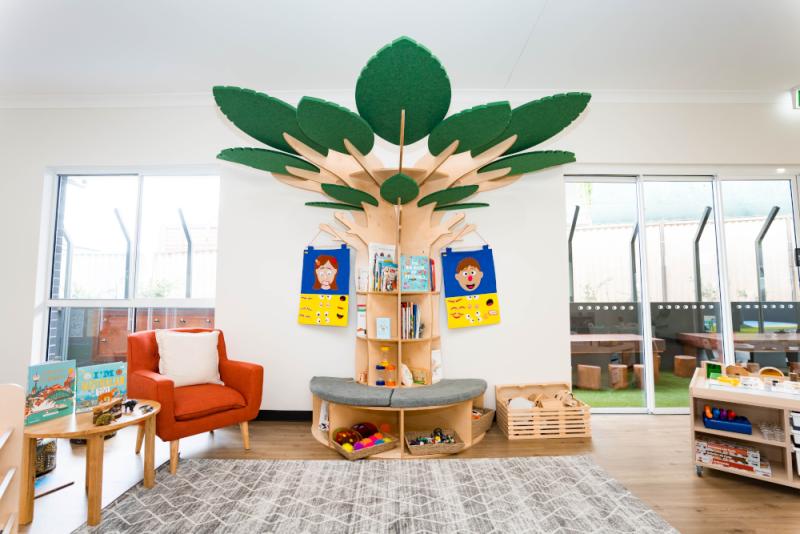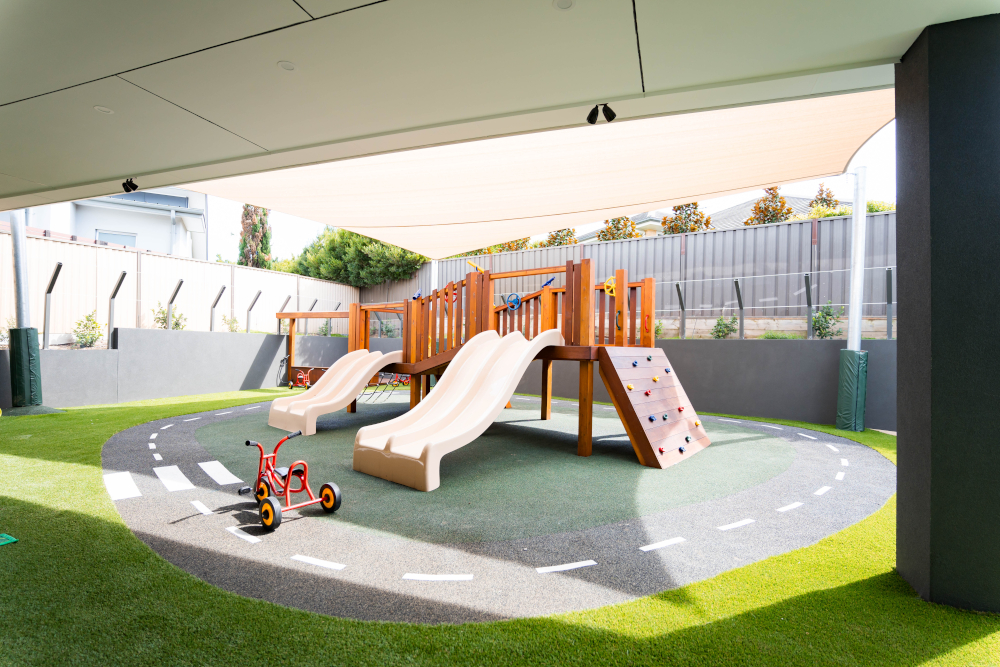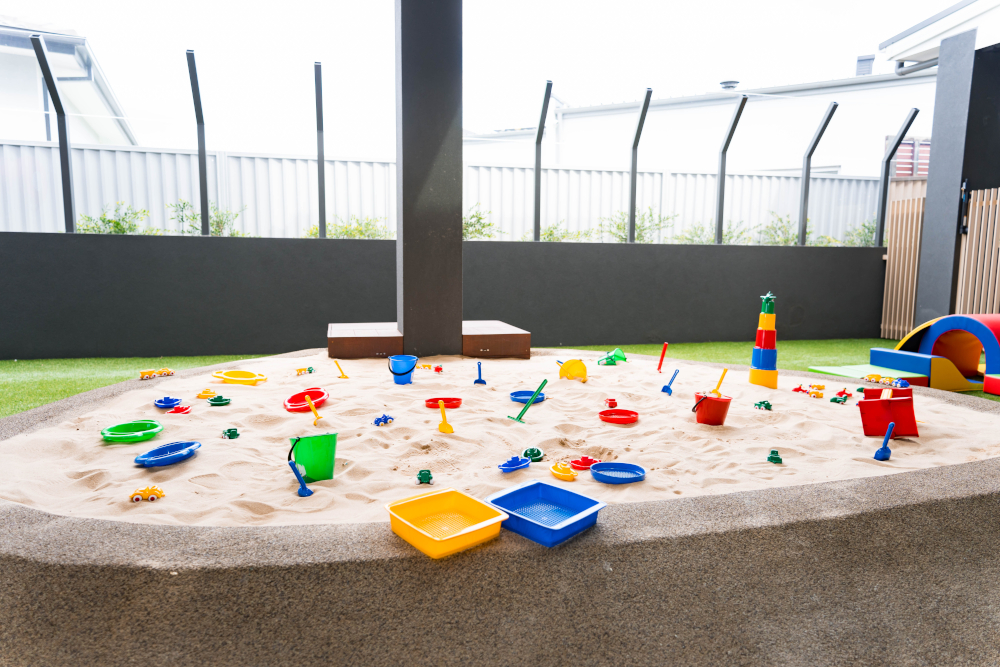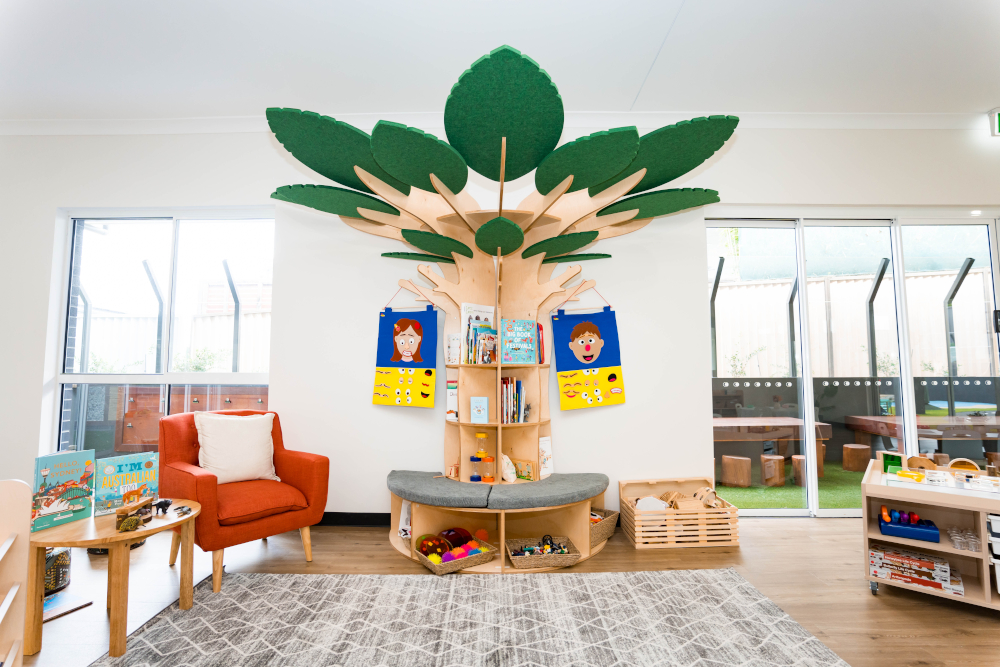Understanding Child Educator Ratios in Sydney: What You Need to Know

When choosing a childcare service for your little one, understanding the educator-to-child ratios is crucial. These ratios significantly influence the quality of care and education your child receives.
In Sydney, the regulations governing these ratios are designed to ensure that children are in a safe and nurturing environment, providing parents with peace of mind.
In this article, we will explore what child educator ratios are, the specific requirements in Sydney, the benefits of maintaining appropriate ratios, and tips for parents on choosing the right childcare centre.

What Are Child Educator Ratios?
Child educator ratios refer to the number of educators or staff members required for a specific number of children in a childcare setting. These ratios are essential for ensuring that each child receives the attention, supervision, and support necessary for their development and safety. Ratios can vary depending on the age of the children in care, with younger children generally requiring more individual attention.
The Regulatory Framework in Australia
In Australia, childcare services are regulated under the National Quality Framework (NQF), which aims to improve the quality of early childhood education and care across the country. The NQF sets the standards for educator-to-child ratios, ensuring that all childcare centres operate in compliance with these guidelines.

National Quality Standards (NQS)
The National Quality Standards outline seven key areas of quality in early childhood education and care, which include:
- Educational Program and Practice
- Children’s Health and Safety
- Physical Environment
- Staffing Arrangements
- Relationships with Children
- Collaborative Partnerships with Families and Communities
- Governance and Leadership
Among these standards, staffing arrangements play a crucial role in determining child educator ratios, which are specifically designed to promote optimal outcomes for children.
Child Educator Ratios
The specific educator-to-child ratios are dictated by the NQF and vary based on the age of the children in care. Here are the minimum requirements as outlined by the framework:
For children under 24 months:
- Ratio: 1 educator for every 4 children
- This ratio ensures that infants receive the close supervision and interaction necessary for their developmental needs. It allows for significant individual attention, which is crucial during this formative stage of life.
For children aged 24 months to 36 months:
- Ratio: 1 educator for every 5 children
- As toddlers grow, they begin to engage more with their peers, but still require significant adult guidance. This ratio supports their exploration and socialisation while ensuring safety.
For children aged 3 years to school age:
- Ratio: 1 educator for every 11 children
- This ratio supports the development of social skills and independence while allowing for more group activities. At this age, children are ready to engage in more structured learning experiences.
For children of school age (before and after school care):
- Ratio: 1 educator for every 15 children
- School-age children generally require less direct supervision, allowing for larger group sizes. However, maintaining a reasonable ratio is still essential for ensuring a safe and supportive environment.

Compliance and Quality Assurance
All licensed childcare centres in Sydney must comply with these ratios to meet the National Quality Standards (NQS). Regular assessments are conducted by the regulatory authority to evaluate compliance with the ratios and other quality indicators. These assessments ensure that childcare services provide a safe and high-quality environment for children.
The Importance of Appropriate Ratios
Maintaining appropriate child educator ratios is vital for various reasons. Here are some key benefits:
1. Individual Attention
Lower ratios allow educators to provide more personalised attention to each child, catering to their unique needs and interests. This individual focus is particularly important in the early years when children are developing foundational skills.
2. Enhanced Learning Opportunities
With more educators available, there can be more structured learning activities, allowing for a richer educational experience. Educators can tailor their approaches to suit different learning styles, ensuring that all children can thrive.
3. Improved Safety
Adequate supervision reduces the risk of accidents and ensures that children are closely monitored, promoting a safer environment. When there are enough educators to oversee the children, parents can feel more confident that their child is in good hands.
4. Better Relationships
Smaller groups foster stronger bonds between educators and children, which is crucial for emotional and social development. A trusting relationship with educators can significantly impact a child’s well-being and readiness to learn.
Choosing the Right Childcare Centre
As a parent, understanding educator-to-child ratios can help you make informed decisions when selecting a childcare centre. Here are some tips to guide you through the process:
1. Ask About Ratios
When visiting potential childcare centres, inquire about their staff-to-child ratios and how they maintain compliance with regulations. A centre that is transparent about their ratios demonstrates a commitment to quality care.
2. Observe Interactions
Pay attention to how educators interact with children during your visit. A low ratio should translate to more engaging and meaningful interactions. Look for signs of positive communication, warmth, and responsiveness.
3. Check Reviews and Recommendations
Look for feedback from other parents regarding the quality of care and education provided by the centre. Online reviews, testimonials, and recommendations from friends or family can provide valuable insights into a centre’s reputation.
4. Understand the Curriculum
Inquire about the educational programs offered at the centre and how they align with your child’s developmental needs. A well-structured curriculum that fosters creativity, exploration, and social interaction is essential for a positive early learning experience.
5. Assess Safety Measures
Ensure that the centre prioritises safety through regular inspections, secure entry points, and health protocols. A centre that is committed to maintaining a safe environment will often have clear policies in place.

The Role of Families in Childcare
Parents play a crucial role in ensuring the success of childcare arrangements. Here are some ways you can support your child’s experience in a childcare setting:
Stay Involved: Participate in centre events and maintain open communication with educators. Being involved helps you stay informed about your child’s progress and experiences.
Establish Routines: Create consistent routines at home to complement your child’s experience at the centre. Routines provide children with a sense of security and help them adapt to new environments.
Encourage Independence: Foster your child’s independence by allowing them to explore new activities and make choices. This can enhance their confidence and readiness for learning.
Conclusion
Child educator ratios are a vital component of quality childcare in Sydney. By adhering to the guidelines set by the National Quality Framework, childcare centres can provide safe, nurturing, and enriching environments for children. Understanding these ratios empowers parents to make informed decisions that prioritise their child's well-being and development.
As you navigate the world of childcare, remember to ask questions, observe interactions, and consider the specific needs of your child. With the right knowledge and support, you can choose a childcare centre that offers the best possible care and education for your little one, helping them thrive in their early years.
